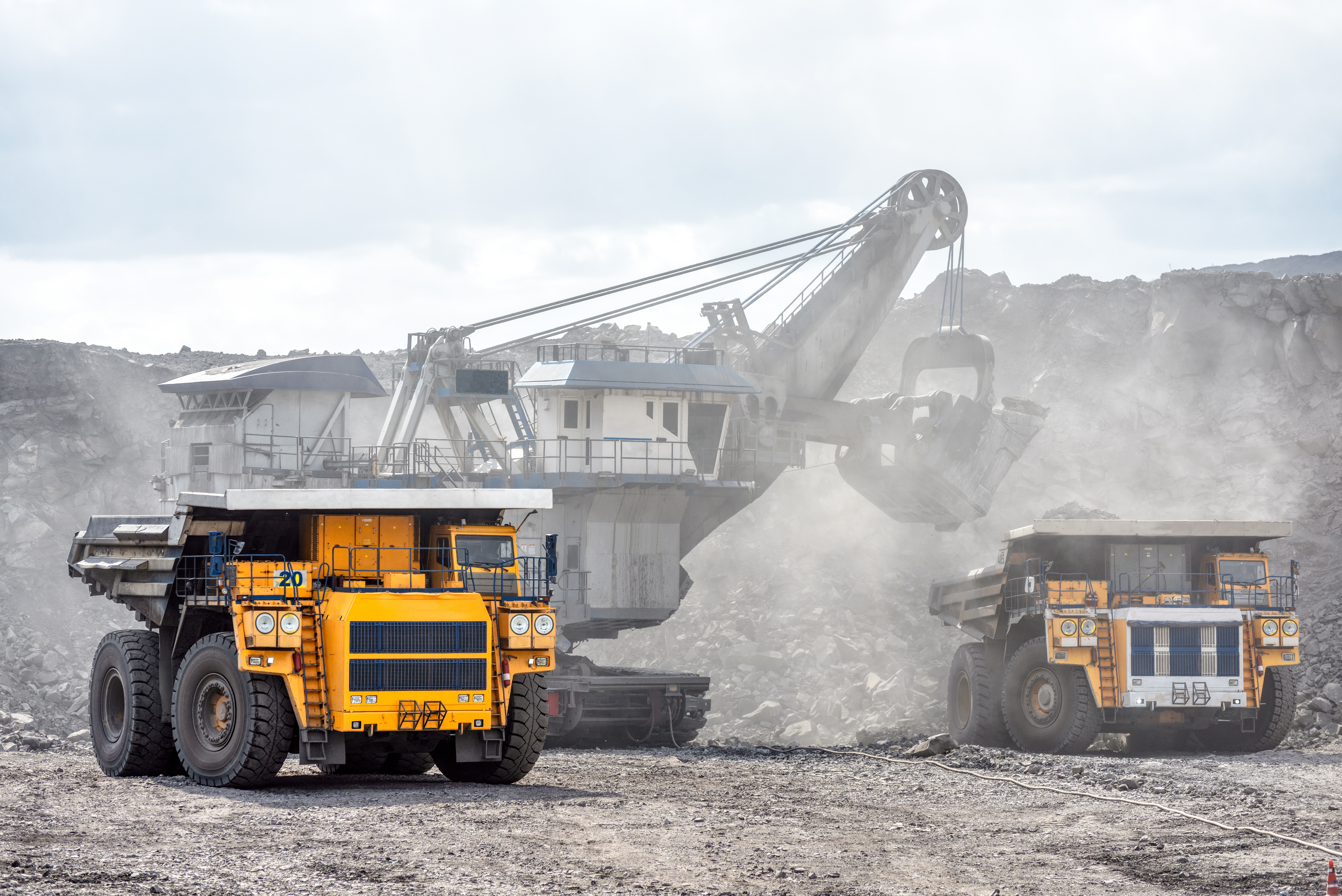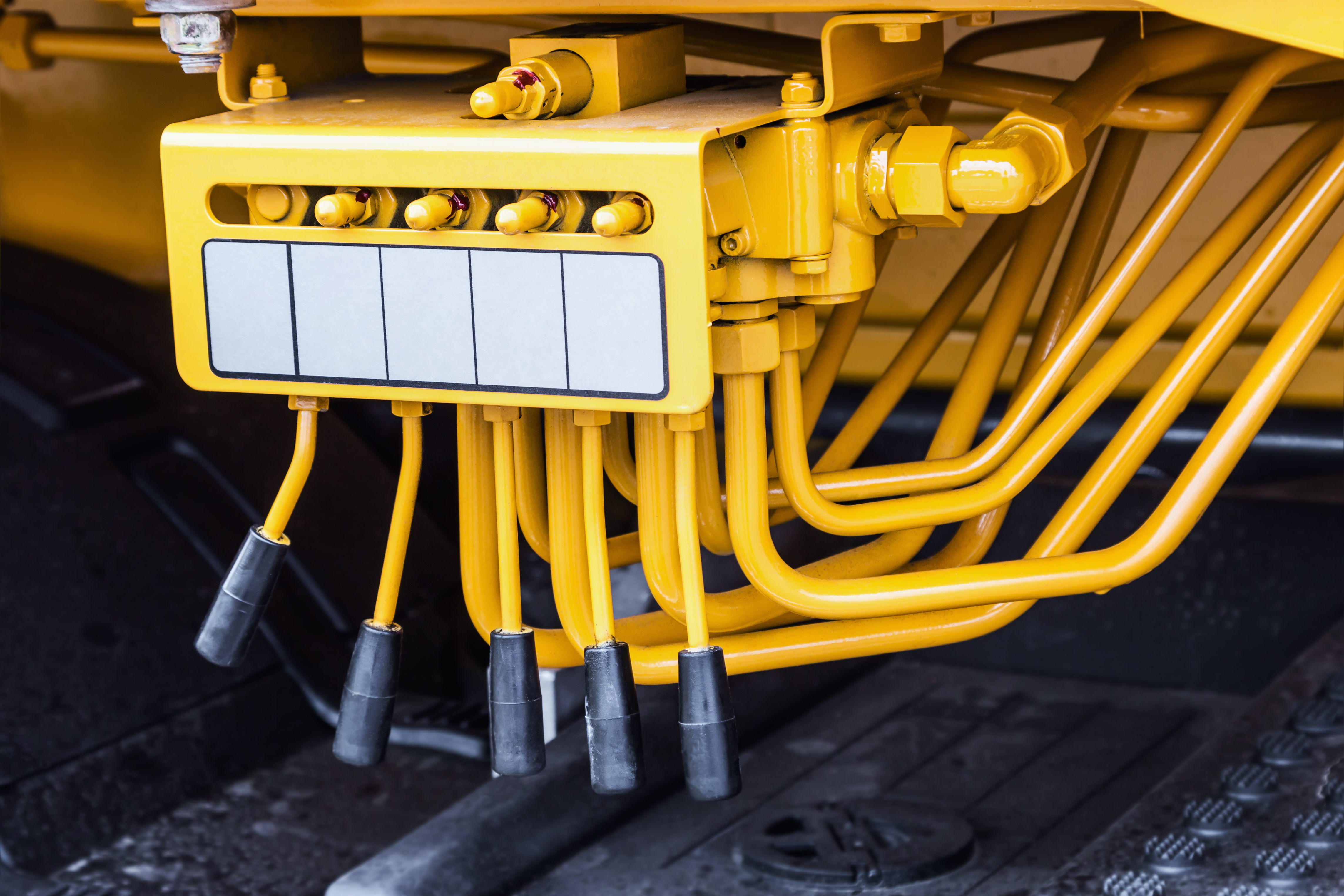Key uses of displacement sensors in heavy vehicles
Displacement sensors play a crucial role in various aspects of heavy vehicle operation, enhancing safety, efficiency, and performance in numerous applications. Here are some key uses of displacement sensors in heavy vehicles:
- Suspension Monitoring: Displacement sensors are commonly used to monitor the suspension system of heavy vehicles, including trucks, buses, and off-road vehicles. By measuring the displacement or deflection of suspension components such as springs, shock absorbers, and control arms, these sensors provide real-time feedback on vehicle ride quality, stability, and handling characteristics. Monitoring suspension behavior helps optimize vehicle dynamics, improve driver comfort, and prevent excessive wear on suspension components.

- Load Monitoring: In applications involving cargo transport or material handling, displacement sensors are used to monitor the load on heavy vehicles. By measuring the deflection or deformation of load-bearing components such as axles, frames, or lifting mechanisms, these sensors provide accurate data on payload distribution, weight distribution, and load stability. Load monitoring helps prevent overloading, optimize load balancing, and ensure compliance with weight regulations, thereby enhancing safety and preventing structural damage to the vehicle.

- Hydraulic System Monitoring: Heavy vehicles equipped with hydraulic systems, such as construction equipment, cranes, and forestry machinery, rely on displacement sensors to monitor hydraulic cylinder positions, actuator movements, and hydraulic fluid levels. By detecting changes in displacement or pressure within the hydraulic system, these sensors provide critical feedback on equipment operation, load handling, and hydraulic system performance. Monitoring hydraulic systems helps prevent hydraulic fluid leaks, cylinder overextension, and equipment malfunctions, thereby improving safety and operational reliability.

- Steering and Alignment Monitoring: Displacement sensors are used to monitor steering and alignment parameters in heavy vehicles, including trucks, buses, and agricultural machinery. By measuring the displacement or position of steering components such as tie rods, steering linkages, and steering wheels, these sensors provide feedback on steering responsiveness, wheel alignment, and vehicle tracking. Monitoring steering and alignment parameters helps detect misalignments, worn components, or steering system faults, enabling timely corrective action to maintain vehicle safety and handling performance.

- Brake Monitoring: Displacement sensors are employed in heavy vehicle braking systems to monitor brake pad wear, brake caliper movements, and brake pedal position. By measuring the displacement or position of brake components, these sensors provide feedback on brake system performance, brake wear, and brake actuation. Brake monitoring helps detect abnormalities such as uneven brake wear, brake drag, or brake system malfunctions, allowing for proactive maintenance and ensuring reliable braking performance for heavy vehicles.
- Chassis Flex Monitoring: In applications where heavy vehicles are subjected to high loads or dynamic stresses, such as off-road vehicles, mining trucks, or agricultural machinery, displacement sensors are used to monitor chassis flex and structural deformation. By measuring the displacement or strain of chassis components, these sensors provide insights into the structural integrity, fatigue behavior, and overall performance of the vehicle under heavy loads or harsh operating conditions. Chassis flex monitoring helps detect excessive stress concentrations, fatigue cracks, or structural weaknesses, enabling preventive maintenance and ensuring long-term durability and reliability of heavy vehicles.
Overall, displacement sensors play a vital role in monitoring critical parameters and ensuring the safe and efficient operation of heavy vehicles across various industries. From suspension monitoring to load balancing and hydraulic system monitoring, these sensors provide valuable insights that help optimize vehicle performance, enhance safety, and prolong equipment lifespan.
Presumably, there are many other opportunities for displacement sensing in heavy vehicles, these are just the obvious ones.
Do not hesitate to contact us directly, if you have the need of sensing for one of the above mentioned applications on a heavy vehicle, or an application we haven't thought about.
